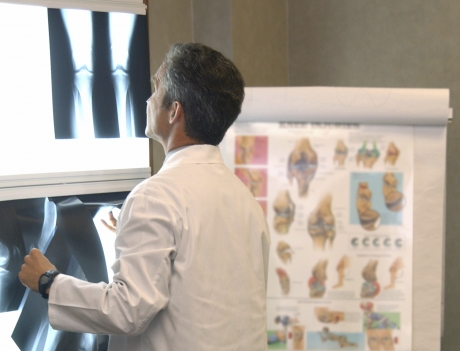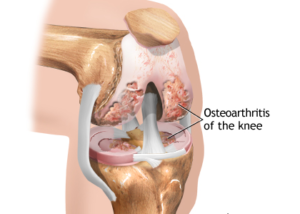Our feet and ankles support our bodies and enable us to move about. While walking, the pressure on your feet can exceed your body weight. When you’re running, it can be three or four times your body weight.
The average person takes 8,000 to 10,000 steps a day – the equivalent of walking several miles. Those steps add up to about 115,000 miles in an average lifetime. That’s like walking around the world four times.
The 26 bones in your feet make up a quarter of all the bones in your body. Each foot also contains 33 joints. More than 100 muscles, tendons and ligaments hold this intricate structure together and allow it to move in a variety of ways.
These numerous small bones are vulnerable to fracture. Some of the most common fractures include ankle fractures, heel bone fractures, midfoot fractures, pilon fractures, shinbone fractures, stress fractures of the foot and ankle, and toe fractures.
The foot and ankle are often the site of injury during sports activities. And whether active in a sport or not, twisting the ankle is an extremely common injury for adults and children alike. About 60 percent of all foot and ankle injuries reported by the U.S. population older than 17 years are sprains and strains of the ankle.
Whether caused by rheumatoid arthritis, post-traumatic arthritis or osteoarthritis, the ankle is an especially vulnerable to the debilitating degenerative joint condition of arthritis.
Other common causes of foot and ankle pain include bunions, plantar fasciitis, heel spurs, hammer toe, and Achilles tendonitis and rupture.
An orthopedic physician can provide both surgical and non-surgical treatments to patients suffering from foot and ankle conditions, including proper shoe recommendations, oral anti-inflammatory medication, anti-inflammatory injection therapy, and surgical correction for severe cases.
Treat ankle sprains by following RICE (rest, ice, compression, elevation). If pain is severe and you cannot bear weight on the sprained ankle, you should see an orthopedic doctor for an exam and X-rays to determine the extent of the injuries.
Your feet mirror your general health. Underlying conditions such as diabetes and nerve and circulatory disorders can show their initial symptoms in the feet. Foot ailments may be your first sign of more serious medical problems.
Whether caused by these underlying conditions, or because of common injuries or ill-fitting footwear, foot and ankle pain is a leading cause of visits to an orthopedic specialist.








 Patients with unicompartmental knee arthritis have cartilage degeneration in only one section or compartment of the knee. In cases where nonsurgical techniques do not provide sufficient symptom relief, surgeons can remove damaged cartilage and bone in the diseased area only, while preserving the ligaments that help support the knee joint.
Patients with unicompartmental knee arthritis have cartilage degeneration in only one section or compartment of the knee. In cases where nonsurgical techniques do not provide sufficient symptom relief, surgeons can remove damaged cartilage and bone in the diseased area only, while preserving the ligaments that help support the knee joint.
 Shoulder Anatomy
Shoulder Anatomy
